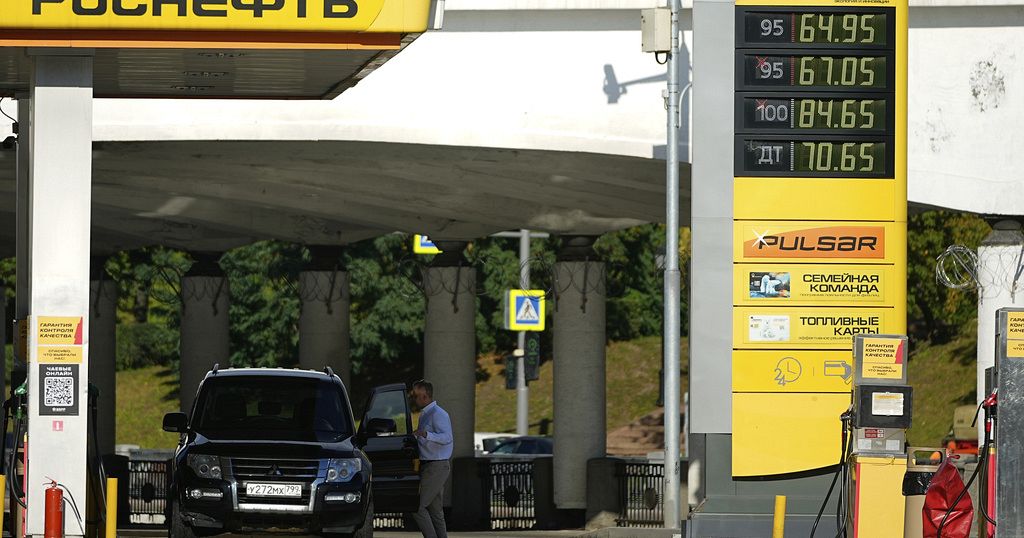Russia has extended its ban on gasoline exports until October 31, as the country grapples with fuel shortages and rising prices. The move, announced by the Russian government, aims to stabilize domestic prices that have surged to record highs in recent weeks. The temporary ban, first imposed in late July, is a response to the disruptions caused by repeated Ukrainian drone strikes on refineries.
The Ukrainian drone attacks, which have targeted Russian oil infrastructure at least a dozen times since early August, have slowed refinery operations and cut production by nearly 9%. The Ryazan-Volgograd region, a key transport and agricultural hub, has been particularly affected. The resulting shortages have been most keenly felt in Russia’s Far East and Crimea, where some gas stations have run dry, rationed fuel, or limited sales to select customers.
In the Primorye region, prices have spiked to nearly $10 a gallon on secondary markets, making fuel unaffordable for many households. While officials insist that the situation is not yet “system critical,” with Moscow and major cities largely unaffected, experts warn that the ongoing conflict with Ukraine is straining Russia’s domestic economy. The country produces over 40 million tons of gasoline each year, but the current shortages highlight the vulnerability of its energy sector.
The extension of the export ban is intended to alleviate the pressure on domestic supplies, but it may not be enough to address the underlying issues. The conflict with Ukraine has disrupted Russia’s oil production and infrastructure, leading to a decline in output and a surge in prices. As the war continues, Russia’s energy sector is likely to remain under strain, with potential implications for the broader economy.
The Russian government’s decision to extend the export ban underscores the challenges posed by the conflict with Ukraine. The ongoing drone strikes and resulting disruptions to oil production and infrastructure have created a difficult environment for Russia’s energy sector. As the situation continues to evolve, it remains to be seen how the government will respond to the ongoing challenges and work to stabilize the domestic energy market.
